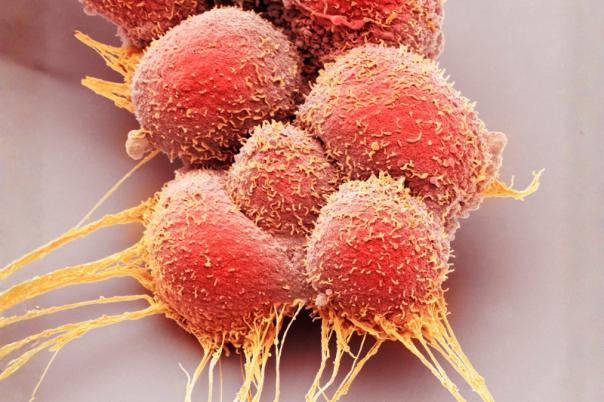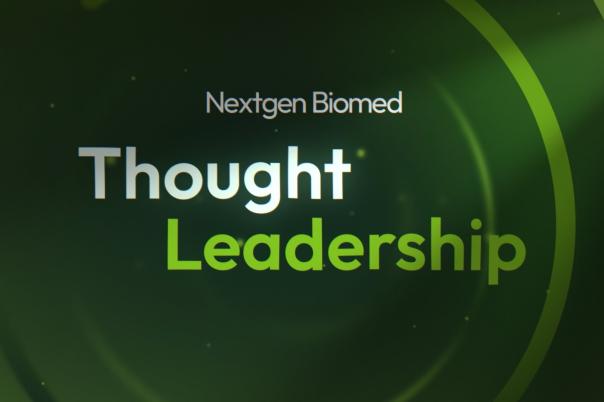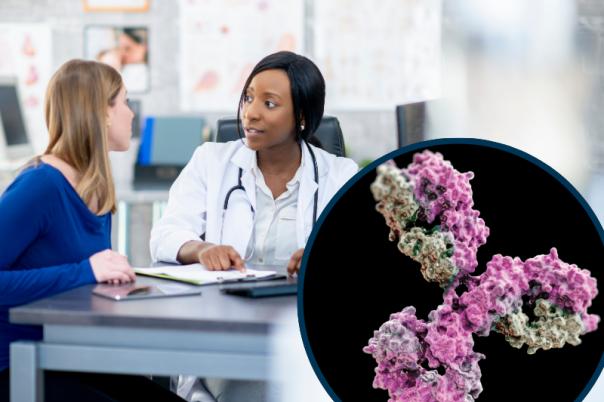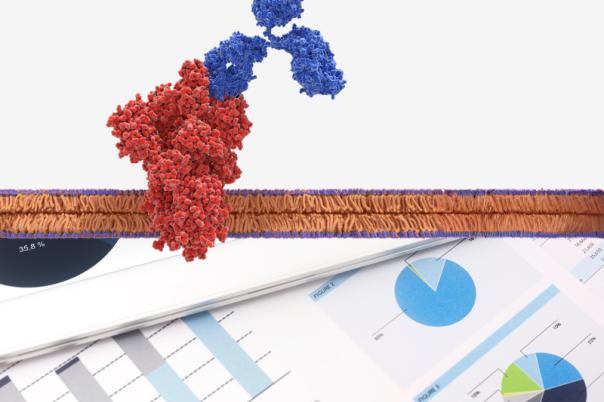When it comes to cancer therapeutics, ADCs are the best of both worlds. They combine the targeting and binding ability of an antibody with the cancer killing power of cytotoxic drugs via a covalent linker. These powerful conjugates have been on the upswing in recent years with 13 now approved by the FDA, but they can still face stability issues which hinder them reaching their full potential.
Sasha Ebrahimi, Principal Investigator and Associate Fellow at GSK focused his talk on advancing the chemical design of ADCs for improved structural stability. He stressed that modifying the bonds that hold the chains together will impact the stability of the overall molecule. Furthermore, the hydrophobicity of ADCs can lead to self-association and aggregation. Turbidity, or the opalescence and haziness of an ADC in solution is another factor that needs to be considered.
Investigating the affect that the formulation of ADCs has on these factors, Ebrahimi's team examined over 100 formulation conditions. By doing so, they hoped to understand the molecular interactions causing high turbidity in ADCs, finding that turbidity can be modulated by varying pH and sodium chloride levels.
The study revealed that ADCs are less stable than unconjugated antibodies, with their stability decreasing at lower pH levels and lower sodium chloride concentrations. Investigations suggested that reversible electrostatic interactions, particularly involving histidine residues and negatively charged payloads, are responsible for the observed turbidity and stability issues.
The findings offer a set of design rules for optimising ADC stability and a workflow that can accelerate formulation development, potentially reviving previously unstable candidates.





